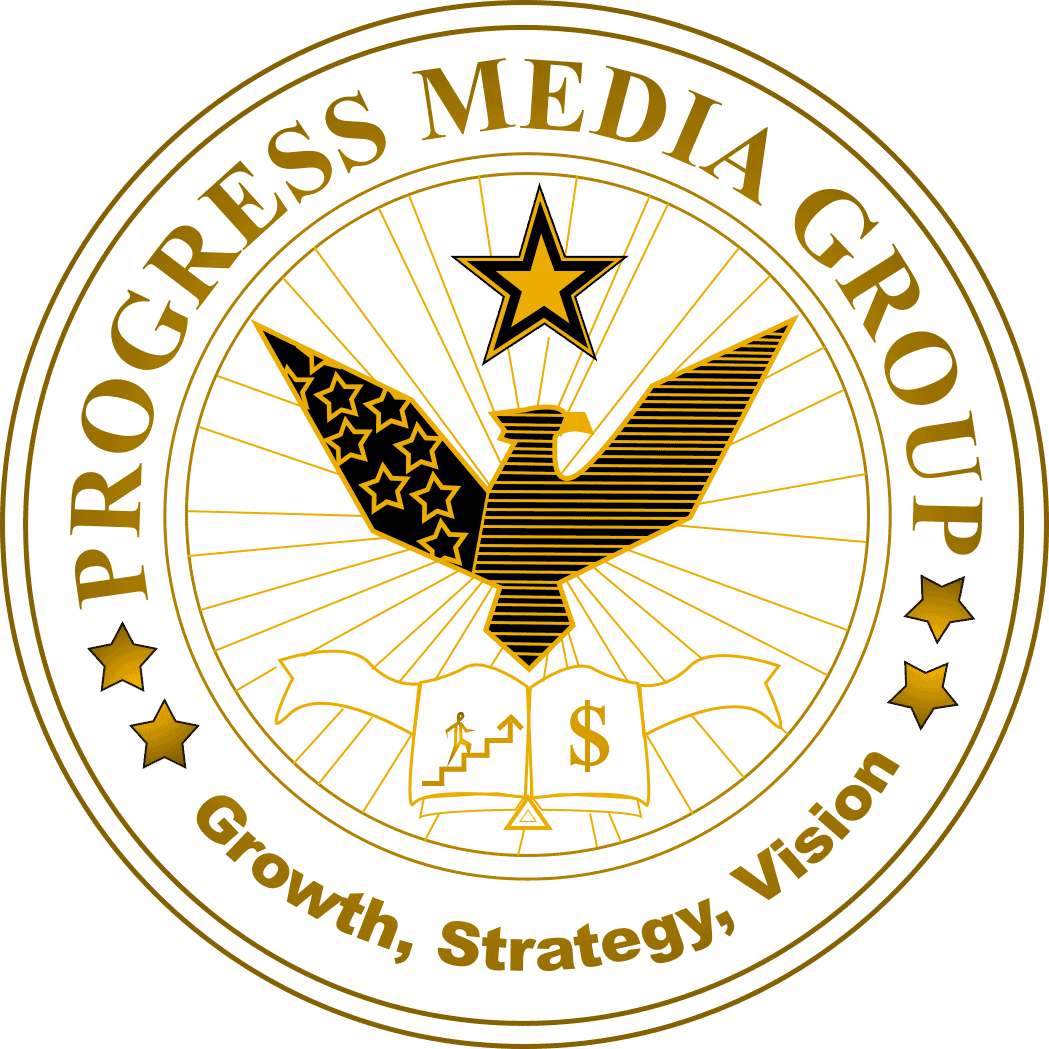Unlocking the Power of Conversion-Focused Website Design: Boost Your Online Success
Unlocking the Power of Conversion-Focused Website Design: Boost Your Online Success In this fast-paced digital era, where attention spans are shorter than ever and competition is fierce, having a visually appealing website is no longer enough to guarantee online success. As business owners and entrepreneurs, we need to focus on designing websites that not only capture our audience’s attention but also drive them towards taking action. This is where conversion-focused website design comes into play. Imagine having a website that not only looks stunning but also seamlessly guides your visitors through a journey, persuading them to become loyal customers. A website that effortlessly converts visitors into leads, and leads into paying customers. Sounds like a dream, doesn’t it? Well, with conversion-focused website design, this dream becomes a reality. By implementing strategic design elements and psychology-based techniques, you can optimize your website to maximize conversions and skyrocket your online success. But what exactly is conversion-focused website design, and how can it transform your business? Conversion-focused website design is a methodology that revolves around creating websites with the primary objective of increasing conversions. It goes beyond aesthetics and focuses on strategically placing elements that guide visitors towards taking action – whether it’s making a purchase, signing up for a newsletter, or filling out a contact form. By understanding user behavior, analyzing data, and employing persuasive design techniques, conversion-focused website design aims to remove any barriers that may hinder users from completing the desired action. It’s about crafting an intuitive and seamless user experience that not only captivates your audience but also gently nudges them towards conversion. In this comprehensive guide, we will delve deep into the world of conversion-focused website design. We will explore the key principles, essential design elements, and effective strategies that can help you unlock the true power of your website. So, if you’re ready to take your online success to new heights, grab your seat and let’s embark on this exciting journey together.
Understanding Conversion-Focused Website Design
Conversion-focused website design is a methodology that revolves around creating websites with the primary objective of increasing conversions. It goes beyond aesthetics and focuses on strategically placing elements that guide visitors towards taking action – whether it’s making a purchase, signing up for a newsletter, or filling out a contact form.When it comes to conversion-focused website design, the importance of conversion optimization cannot be overstated. It is crucial to constantly analyze and optimize your website to ensure that it is performing at its best. By regularly monitoring key metrics such as bounce rate, click-through rate, and conversion rate, you can identify areas for improvement and make data-driven decisions to enhance your website’s performance.Incorporating strategic design elements is another essential aspect of conversion-focused website design. These elements include clear and compelling calls-to-action (CTAs), intuitive navigation menus, and strategically placed trust signals such as customer testimonials or security badges. By strategically placing these elements throughout your website, you can guide visitors towards the desired action and increase the likelihood of conversion.Psychology-based techniques play a significant role in conversion-focused website design. By understanding how users think and behave online, you can leverage psychological principles to influence their decision-making process. For example, using scarcity or urgency tactics can create a sense of FOMO (fear of missing out) and prompt visitors to take immediate action.Analyzing user behavior is crucial for effective design. By utilizing tools such as heatmaps or user recordings, you can gain valuable insights into how users interact with your website. This data can help you identify any pain points or areas where users may be dropping off in the conversion funnel. Armed with this information, you can make informed design decisions to optimize the user experience and improve conversions.Removing barriers to conversion is another key aspect of conversion-focused website design. This involves identifying any obstacles that may prevent users from completing the desired action and finding ways to eliminate or minimize them. Common barriers include complex checkout processes, lengthy forms, or lack of trust signals. By streamlining the conversion process and addressing these barriers, you can increase the likelihood of conversion.Crafting an intuitive user experience is essential for conversion-focused website design. Users should be able to navigate your website effortlessly and find the information they need without any friction. This involves organizing content in a logical manner, using clear headings and subheadings, and ensuring that the website is mobile-friendly.Maximizing conversions with effective calls-to-action (CTAs) is a crucial aspect of conversion-focused website design. CTAs should be visually appealing, clearly communicate the desired action, and be strategically placed throughout your website. By testing different variations of CTAs and analyzing their performance, you can optimize their effectiveness and drive more conversions.Optimizing your website for mobile users is essential in today’s mobile-first world. With more people accessing the internet through their smartphones, it is crucial to ensure that your website is responsive and provides a seamless user experience across all devices. Mobile optimization includes optimizing page load speed, using mobile-friendly layouts, and ensuring that buttons and forms are easy to interact with on smaller screens.In conclusion, unlocking the power of conversion-focused website design can significantly boost your online success. By understanding the principles behind conversion optimization, incorporating strategic design elements, implementing psychology-based techniques, analyzing user behavior, removing barriers to conversion, crafting an intuitive user experience, maximizing conversions with effective CTAs, and optimizing your website for mobile users – you can create a high-performing website that drives results. So don’t wait any longer – start implementing these strategies today and watch as your online success soars to new heights!


